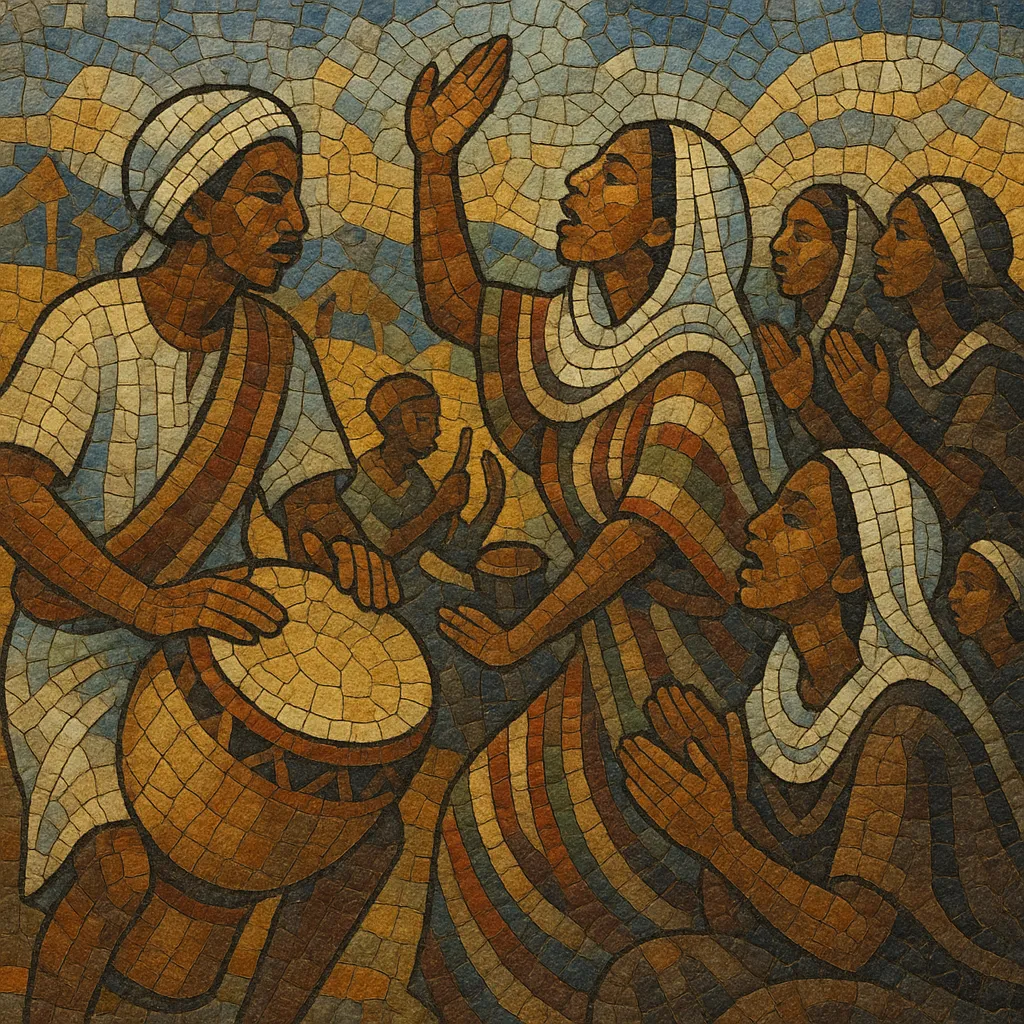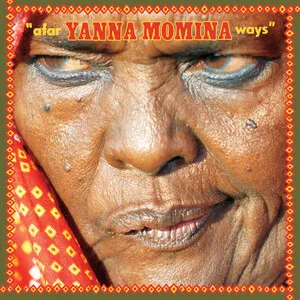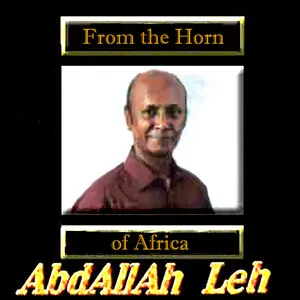Afar music refers to the traditional and contemporary musical practices of the Afar (Danakil) people of the Horn of Africa, primarily in today’s Ethiopia (Afar Region), Djibouti, and Eritrea.
It is a voice-led, community-based music that emphasizes call-and-response singing, unison choruses, and expressive solo lines. Rhythms are driven by handclaps and frame or goblet drums, with festive pieces often supporting line and stick dances. Melodically, Afar songs often lean on pentatonic centers typical of the Horn of Africa, while communities close to the Red Sea trade routes also reflect Islamic/Arabic melodic aesthetics (ornamented, melismatic lines and modal thinking).
Texts are performed in the Afar language (Cushitic) and center on pastoral life (camels and cattle), love, marriage, bravery, clan ties, and landscape. Women’s ululation and antiphonal refrains punctuate key moments, while modern urban contexts may add electric keyboards and drum machines without eclipsing the music’s communal character.
Afar music grows from a pastoral, nomadic lifeway in the Danakil (Afar) lowlands. Its oldest layers predate recording, emerging as work songs, praise and wedding songs, and dance repertoires tied to cycles of herding, marriage alliances, and clan ceremonies. The music’s social function—consolidating community, celebrating bravery, and transmitting oral memory—shaped its call-and-response forms and collective performance style.
Centuries of caravan and maritime exchange along the Red Sea corridor exposed Afar communities to Arab-Islamic recitation and modal practices. As a result, ornamented melodic lines, responsorial patterns, and frame-drum timbres coexist with Horn of Africa pentatonic intuitions. This created a distinctive Afar sound that is both locally rooted and regionally connected.
During the mid–late 20th century, national folkloric troupes, radio, and occasional ethnographic field recordings began to document and stage Afar songs and dances. While much practice remained community-based and informal, these engagements introduced stage formats (fixed song lengths, ensemble arrangements) and spurred limited studio recordings in Djibouti and Ethiopia.
Today, Afar music thrives at weddings, festivals, and regional cultural events. In towns, performers may incorporate keyboards, guitars, and drum machines, while rural settings favor voice, clapping, and drums. Cultural bureaus and regional troupes help preserve dance suites and ceremonial repertoires, and younger singers blend Afar texts with broader Horn of Africa pop aesthetics.




